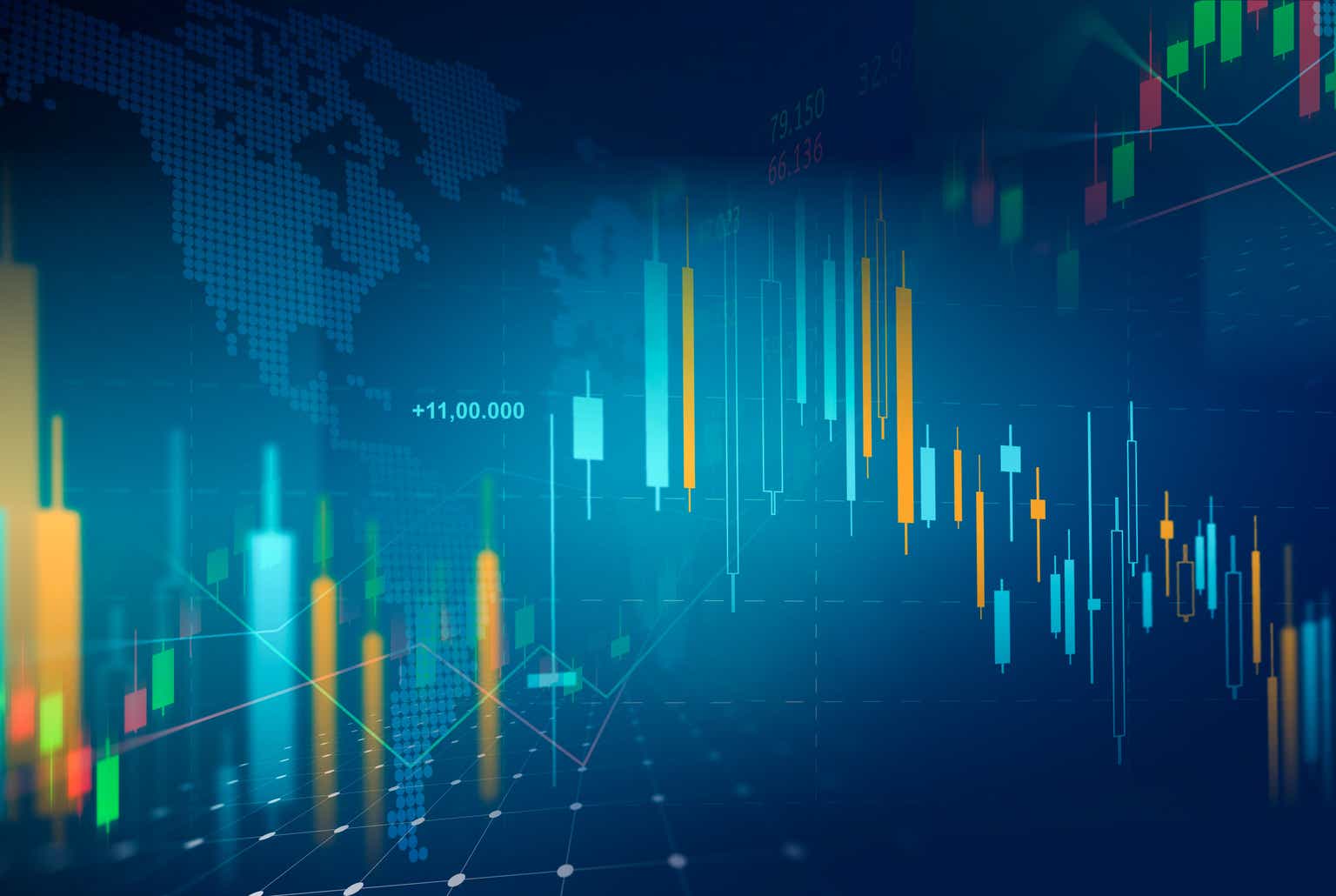The federal government’s Bureau of Labor Statistics released new price inflation data today, and according to the report, price inflation during the month decelerated slightly, but remained near 40-year highs. According to the BLS, Consumer Price Index (CPI) inflation rose 7.7 percent year over year during October, before seasonal adjustment. That’s the twentieth month in a row of inflation above the Fed’s arbitrary 2 percent inflation target, and it’s eleven months in a row of price inflation above 7 percent.
Month-over-month inflation rose as well, with the CPI rising 0.4 percent from September to October. October’s month-over-month growth also shows some acceleration in monthly price inflation growth. Month-to-month growth had been approximately zero in July and August.
October’s growth rate is down from June’s high of 9.1 percent, which was the highest price inflation rate since 1981. But October’s growth rate still keeps price inflation well above growth rates seen in any month during the 1990s, 2000s, or 2010s. October’s increase was the eighth-largest increase in forty years.
The ongoing price increases largely reflect price growth in food, energy, transportation, and especially shelter. In other words, the prices of essentials all saw big increases in October over the previous year.
For example, “food at home”—i.e., grocery bills—was up 12.4 percent in October over the previous year. Gasoline continued to be up, rising 17.5 percent year over year, while new vehicles were up 8.4 percent. Shelter registered one of the more mild increases, with a rise of 6.9 percent, according to the BLS.
The rise in shelter, however, was an increase in October over September when shelter prices rose “only” 6.6 percent, year over year. In October this year, shelter prices were up 6.9 percent year over year, and 0.7 percent, month over month. This was the largest month-over-month increase since March of 2006 and was the largest year-over-year increase since July of 1982. The CPI is finally starting to reflect the enormous surges in costs that many renters have been experiencing in recent years.
Meanwhile, so-called “core inflation”—CPI growth minus food and energy—has hardly shown any moderation at all. In October, year-over-year growth in core inflation was 6.2 percent. That’s down slightly from September’s growth rate of 6.6 percent, which was the highest growth rate recorded since August 1982. October’s year-over-year increase was the fifth largest recorded in 40 years.
The White House used this slight moderation in price inflation growth to crow about how the administration has somehow reduced inflation. According to the White House press release: “Today’s report shows that we are making progress on bringing inflation down, without giving up all of the progress we have made on economic growth and job creation,” he said. “My economic plan is showing results, and the American people can see that we are facing global economic challenges from a position of strength.”
In spite of the fact that month-over-month inflation actually increased, the administration once again selectively annualized the monthly inflation numbers in order to claim that the inflation rate is “2 percent” in spite of year-over-year growth that surpasses the Federal Reserve’s target rate by more than 5 percentage points.
Rather, it is a bit early, to say the least, to announce a victory over CPI inflation. Throughout 1975 and 1976, CPI growth decelerated rapidly, falling from 12 percent in December 1974 to 4 percent in December 1976. Yet, by early 1980, CPI inflation had risen to over 14 percent. At the time, Federal Reserve (Fed) chairman Arthur Burns had used the mid-decade decline in price inflation as an excuse to embrace more easy money. The Fed pushed down the target policy interest rate, and within 5 years, inflation had surged even higher.
Unfortunately, both the White House and Wall Street are both hoping for a replay of the Arthur Burns protocol of the mid-70s. Any small reprieve in inflation rates will be put forward as an excuse to once again have the Fed push down interest rates, and perhaps even ramp up quantitative easing. This will be pushed with the argument that the US is headed toward recession, and the country needs low interest rates and east money to ensure a “soft landing.” If inflation continues to ease even slightly, we can even expect mounting international pressure against the “strong dollar” which has been surging ahead of other currencies thanks to the unwillingness among other central banks to abandon their own easy-money policies.
In other words, now is a time of mounting danger that the central bank will return to the same failed policies of the last 25 years in which it turns to ever larger monetary stimulus in order to prevent recession-fueled deflation. The markets are even now banking that the Fed will take a more dovish turn now that CPI inflation has slightly fallen. For example, mortgage rates fell sharply on Thursday in the wake of the new inflation numbers’ release.
Yet, Americans continue to get poorer as price inflation continues to outpace growth in wages. In October, average hourly earnings grew by 4.86 percent. Given that price inflation surged by 7.7 percent, that real wage growth of about -2.9 percent. That’s the nineteenth month in a row during which real wages fell.
Meanwhile, the jobs data shows few signs of improving. In October, the number of employed persons in the US fell by 328,000, and remains below the February 2020 peak. Moreover, according to the Bureau of Economic Analysis, disposable income is lower now than it was before the covid panic, coming in at $15,130. That sum was $15,232 during February of 2020. Meanwhile, the personal savings rate in September fell to 3.1 percent. That’s the second-lowest level since 2007. Credit card debt, in contrast, reached new highs in September and is now well above its previous 2020 peak. More recent news is hardly better. Meta (Facebook) announced it is laying off 11,000 workers this week, adding to continuing job woes for the tech sector. Home construction and home sales activity is set to show big declines, which will lead to layoffs in real-estate related industries.
Price inflation is indeed likely slowing, but it is slowing as a result of a struggling economy. The White House may soon find it is celebrating much too soon.














